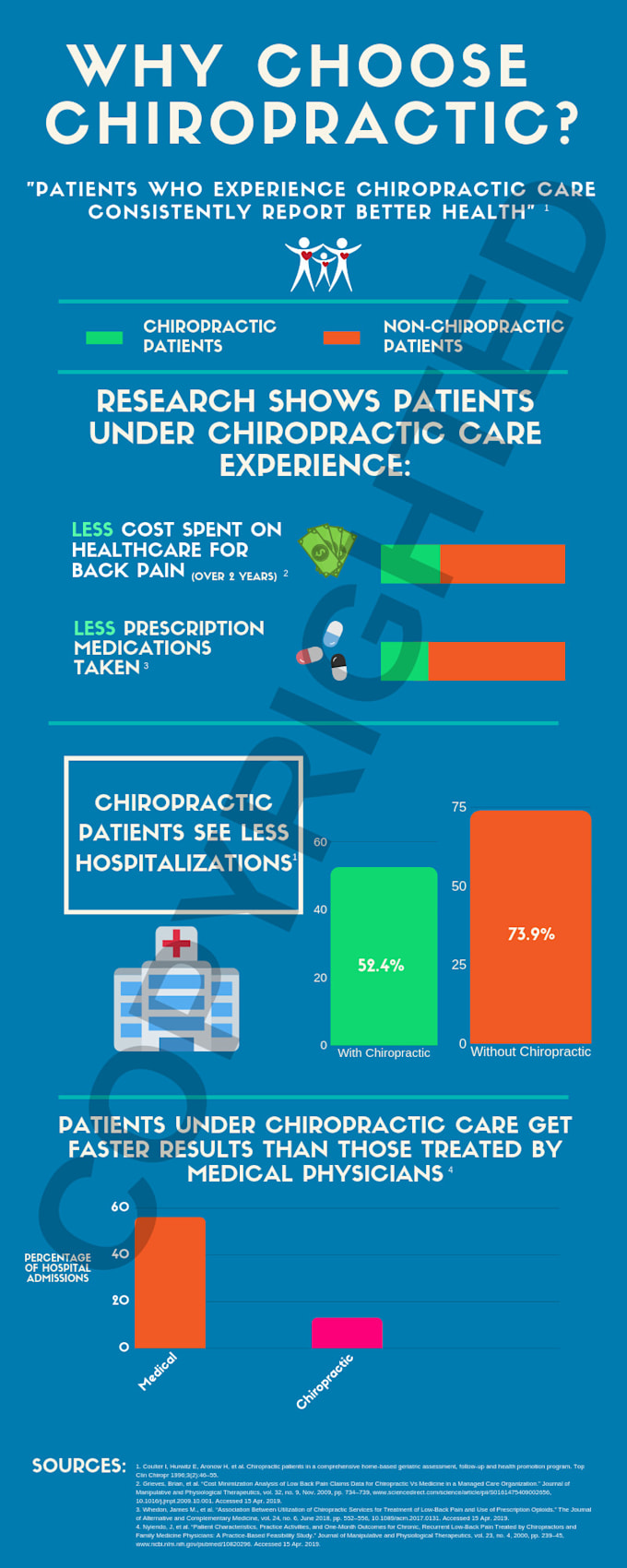You may have listened to contrasting info about cold laser treatment, wondering what's true and what's not. As you consider the myths against the truths, it's vital to different false impressions from clinical evidence. Understanding the benefits and prospective risks can assist you make notified choices regarding including this cutting-edge therapy into your health care routine.
Common Misconceptions
Usual misunderstandings regarding cold laser therapy can lead to confusion and hesitation among clients seeking alternative treatments. One prevalent misconception is that cold laser treatment involves the use of dangerous radiation. Actually, cold laser treatment uses low-level laser light that does not generate warm or create damage to cells.
Another misunderstanding is that cold laser therapy is painful, when in fact, it's a non-invasive and painless treatment. Some people also believe that cold laser therapy is only efficient for surface-level problems, such as skin problem. Nevertheless, research has revealed its performance in treating a variety of problems, consisting of bone and joint injuries and chronic discomfort.
In hypnosis to quit smoking near me , there's a false impression that cold laser therapy produces instant results after a single session. While some individuals may experience relief after one treatment, a series of sessions is usually advised for ideal end results. By dispelling laser treatment for cellulite mistaken beliefs, patients can make enlightened choices about integrating cold laser therapy right into their healthcare program.
Scientific Evidence
Misconceptions regarding cold laser treatment can be eliminated by examining the clinical proof sustaining its efficacy. Countless research studies have actually investigated the efficiency of cold laser treatment in numerous medical problems, such as discomfort monitoring, tissue fixing, and inflammation reduction. Research study has actually revealed that cold laser therapy can help speed up the recovery process by promoting cellular repair work and boosting blood circulation in the targeted location.
In a research published in the journal Discomfort Research study and Administration, researchers located that cold laser therapy substantially decreased pain degrees in patients with persistent neck discomfort compared to a placebo therapy.
Another research study in the Journal of Rheumatology demonstrated the favorable results of cold laser therapy in lowering inflammation and improving joint function in individuals with rheumatoid joint inflammation.
Conveniences and Risks
What're the possible benefits and dangers connected with cold laser treatment?
Cold laser treatment supplies different advantages such as reduced swelling, pain relief, and sped up tissue repair work. By advertising mobile feature and blood circulation, it can assist in healing injuries, reducing swelling, and enhancing range of motion. Furthermore, this non-invasive therapy is commonly quick, painless, and calls for no downtime, making it a practical alternative for numerous people.
Nevertheless, like any medical treatment, cold laser treatment does feature some threats. While unusual, potential side effects might consist of mild prickling, temporary skin inflammation, or a minor increase hurting. It's important to guarantee that the therapy is carried out by a qualified health care professional to minimize any negative effects and take full advantage of the advantages.
Additionally, cold laser treatment may not be suitable for everyone, specifically individuals with specific medical problems or expecting females, so consulting with a healthcare provider prior to beginning treatment is necessary to establish its suitability for your particular situation.
Final thought
Finally, cold laser therapy is a safe and effective therapy choice for musculoskeletal injuries and chronic pain conditions, in spite of common misconceptions.
Scientific proof supports its benefits in reducing swelling, accelerating tissue repair work, and enhancing mobile feature.
While several sessions may be required for optimal outcomes, the non-invasive nature of cold laser therapy makes it a useful restorative alternative for those looking for discomfort monitoring and recovery.
